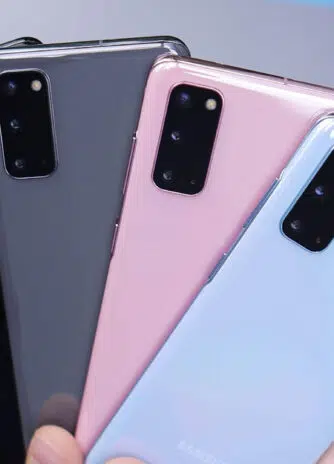We all know passwords are a weak spot—easy to steal, reuse, and crack. But there’s another security risk many of us overlook: your PIN code.
Think about it. Your phone holds everything—messages, banking apps, social media, and personal photos. Sure, you might unlock it with your face or fingerprint most of the time. But after an update or reboot? You’re back to using your PIN.
And here’s the scary part: millions of people are using the exact same four-digit PINs.
The 50 Worst PINs You Can Use
A study analyzing over 29 million leaked PINs revealed that 1 in 10 people use the same codes. If your PIN is on this list, change it—immediately.
Top 10 Most Common PINs:
- 1234
- 1111
- 0000
- 1342
- 1212
- 2222
- 4444
- 1122
- 1986
- 2020
Full List of 50 PINs to Avoid (Sorted):
0000, 1010, 1111, 1122, 1212, 1234, 1313, 1342, 1973, 1974, 1975, 1976, 1977, 1978, 1979, 1980, 1981, 1982, 1983, 1984, 1985, 1986, 1987, 1988, 1989, 1990, 1991, 1992, 1993, 1994, 1995, 1996, 1998, 2000, 2002, 2004, 2005, 2020, 2222, 2468, 2580, 3333, 4321, 4444, 5555, 6666, 6969, 7777, 8888, 9999
These might look random, but they’re among the first codes criminals try.
Weak Passwords to Avoid Too
It’s not just PINs—many of the most common passwords are equally predictable. Here’s a list of dangerous passwords found in data breaches that you should never use:
- 123456
- password / password1
- 123456789 / 12345678 / 12345
- qwerty / qwerty123
- 111111 / 000000
- iloveyou / monkey / dragon
- abc123 / welcome / admin
- 121212 / 123123
- woaini / tangkai / aaron431 / user0123
These are frequently used and easily guessed by attackers and bots.
So What’s a Secure PIN in 2025?
Not 2025, ironically. Dates, repeated digits, and common sequences are all red flags. Even “8068” — once thought to be the safest PIN — became insecure the moment it was published online.
Here’s what to do instead:
✅ Avoid repeating digits
✅ Skip any sequence (1234, 2468)
✅ Don’t use meaningful dates (birthdays, anniversaries)
✅ Use randomly generated PINs when possible
There are 5,040 combinations of 4-digit PINs with non-repeating numbers—but why limit yourself?
👉 Upgrade to a 6-digit PIN (or even better, a 10-digit one). According to ISO 9564-1, the international standard for PINs in financial services, longer is safer—6 digits is the sweet spot between security and usability.
Bottom line: If your PIN or password is on these lists, you’re walking around with a digital “Welcome” mat. Take two minutes, change it now—and stay safer.
We have helped 20+ companies in industries like Finance, Transportation, Health, Tourism, Events, Education, Sports.












